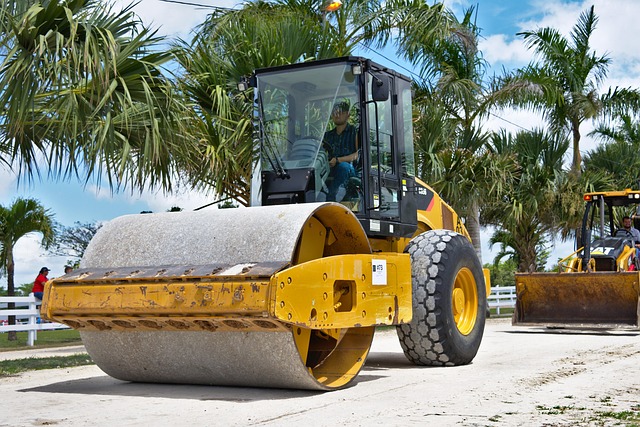In the vast expanses of our planet, soil serves as the foundation of life, playing a crucial role in sustaining ecosystems and supporting agriculture. Yet, beneath the surface, a quiet crisis is brewing—one that intertwines soil compaction with the grave issue of desertification, particularly under the relentless pressures of climate change. As we unearth the layers of this complex relationship, the impacts become starkly apparent.
Soil compaction occurs when soil particles are pressed together, reducing pore space that allows water, air, and roots to penetrate. This phenomenon can be triggered by heavy machinery, livestock grazing, or even natural forces. However, its effects are most detrimental in arid and semi-arid regions, areas already vulnerable to the creeping hands of desertification. The degradation of soil in these regions translates into reduced agricultural yield, less biodiversity, and ultimately, a loss of livelihood for millions.
The intertwining of soil compaction and desertification gains urgency when viewed through the lens of climate change. With rising global temperatures and altered precipitation patterns, the already fragile ecosystems find themselves at further risk. Increased drought conditions can exacerbate soil compaction, as the ground dries out and becomes denser. Consequently, water runoff increases while infiltration decreases, leading to soil erosion and further desertification, creating a vicious cycle that threatens our environment.
Furthermore, the repercussions of this soil crisis extend beyond the immediate geographical boundaries. Desertification can lead to displacement, conflict over dwindling resources, and a ripple effect on global food security. As we witness environmental changes, it is crucial to understand the key role soil compaction plays in this narrative. Solutions must focus on sustainable land management practices to mitigate compaction effects while fostering soil health and resilience.
In this context, community engagement and education become paramount. Farmers and land managers are on the front lines of this issue, and providing them with the knowledge and tools to adopt conservation practices can alter the trajectory of soil health. Cover cropping, reduced tillage, and proper grazing management can help to alleviate compaction, allowing soils to breathe and thrive even amidst changing climates.
As we shift our focus to innovative practices, technologies that monitor soil conditions can provide vital data, allowing us to understand how to best intervene. The integration of sustainable practices into agricultural policies is essential to combat the dual threats of soil compaction and desertification. Through these efforts, we can work toward restoring the balance of our ecosystems, ensuring that soil remains a vibrant, life-giving force.
In the face of climate change, the issue of soil compaction must take center stage. It is more than just an environmental concern; it is a matter of survival for many communities. As we strive to mitigate the effects of climate change and reclaim our landscapes, addressing soil compaction and combating desertification should be at the forefront of our global agenda, ensuring a sustainable and equitable future for all.


